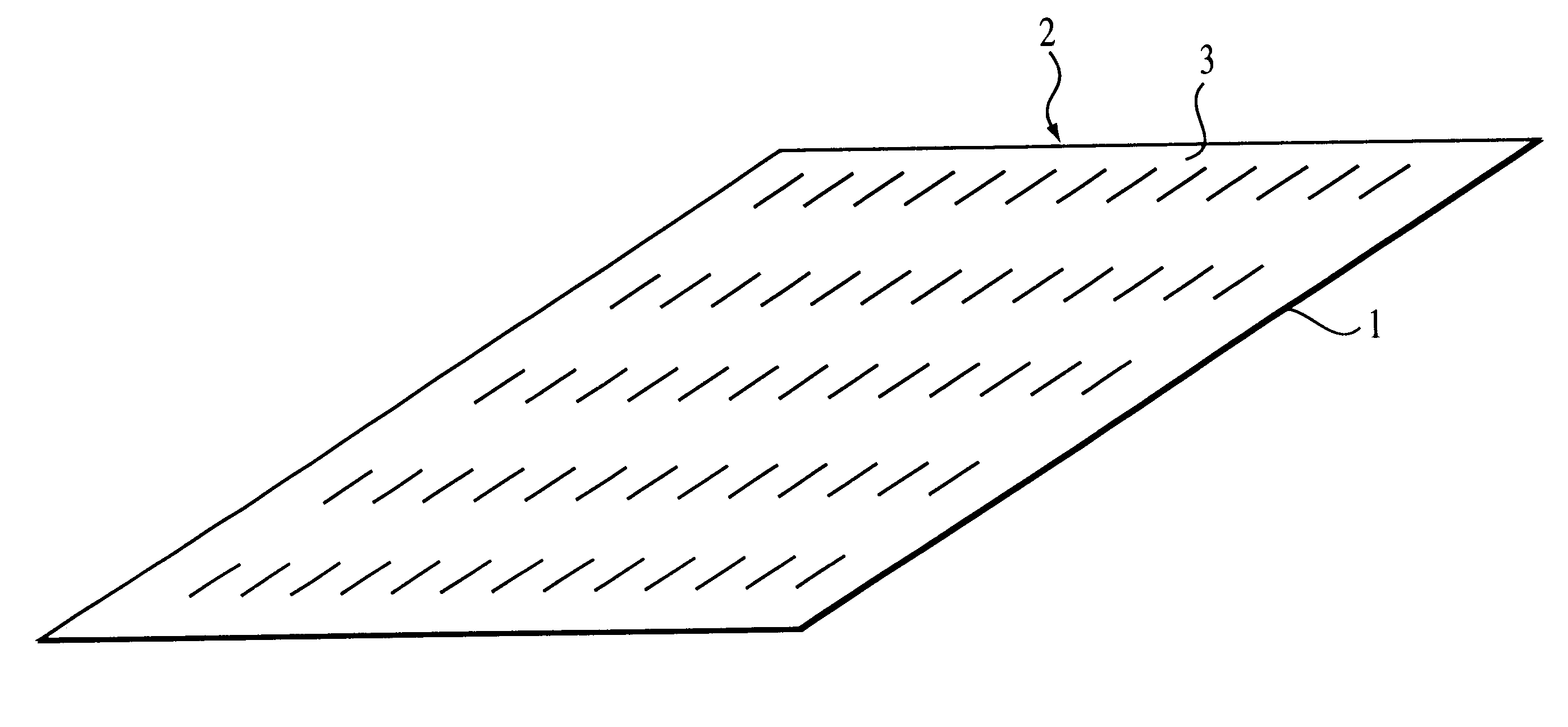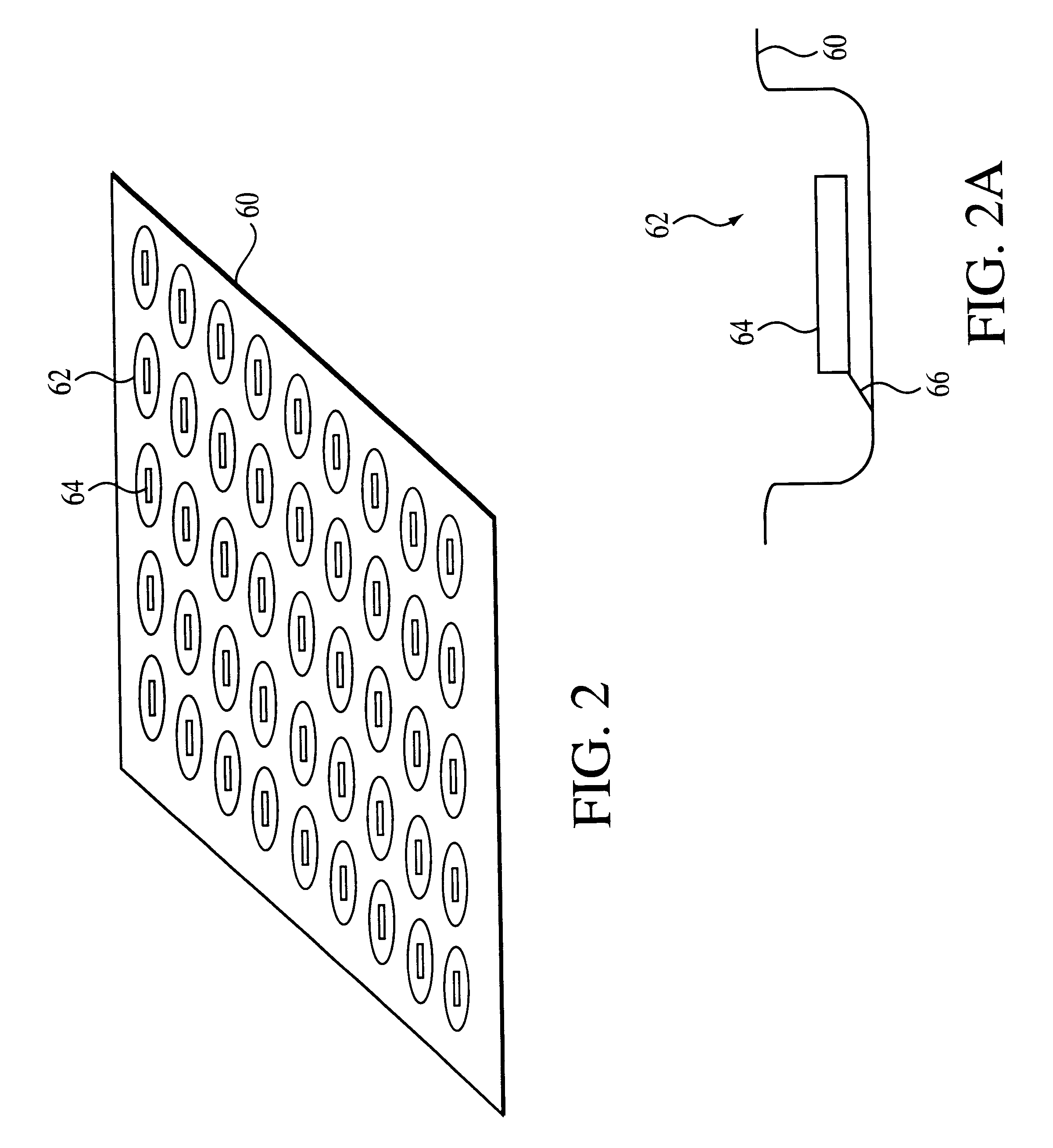Oligonucleotide arrays and their use for sorting, isolating, sequencing, and manipulating nucleic acids
a technology of oligonucleotide arrays and arrays, which is applied in the field of oligonucleotide arrays and their use for sorting, isolating, sequencing, and manipulating nucleic acids, can solve the problems of inability to unambiguously determine the sequence of dna, inability to identify and inability to detect the sequence of the dna
- Summary
- Abstract
- Description
- Claims
- Application Information
AI Technical Summary
Benefits of technology
Problems solved by technology
Method used
Image
Examples
Embodiment Construction
1. sorting nucleic acids or their fragments on a binary oligonucleotide array whose immobilized oligonucleotides have free 3' termini, with their constant segments located upstream of the variable segments
This method allows the immobilized oligonucleotides on the binary array to serve as primers for copying bound DNA or RNA strands, resulting in the formation of their complementary copies covalently linked to the surface of the array. In such an embodiment, the array can be vigorously washed after the extension of the immobilized oligonucleotides to remove any non-covalently bound material. Moreover, these arrays containing covalently bound strands can be stored and used as a permanent library from which additional copies of the sorted strands can be generated. If amplification of the sorted strands on the binary array is desired, the array can be sectioned. For example, strands can be sorted on a plain (unsectioned) binary array, and the array can be sectioned at a later date. Sort...
PUM
| Property | Measurement | Unit |
|---|---|---|
| Length | aaaaa | aaaaa |
| Area | aaaaa | aaaaa |
Abstract
Description
Claims
Application Information
 Login to View More
Login to View More - R&D
- Intellectual Property
- Life Sciences
- Materials
- Tech Scout
- Unparalleled Data Quality
- Higher Quality Content
- 60% Fewer Hallucinations
Browse by: Latest US Patents, China's latest patents, Technical Efficacy Thesaurus, Application Domain, Technology Topic, Popular Technical Reports.
© 2025 PatSnap. All rights reserved.Legal|Privacy policy|Modern Slavery Act Transparency Statement|Sitemap|About US| Contact US: help@patsnap.com



